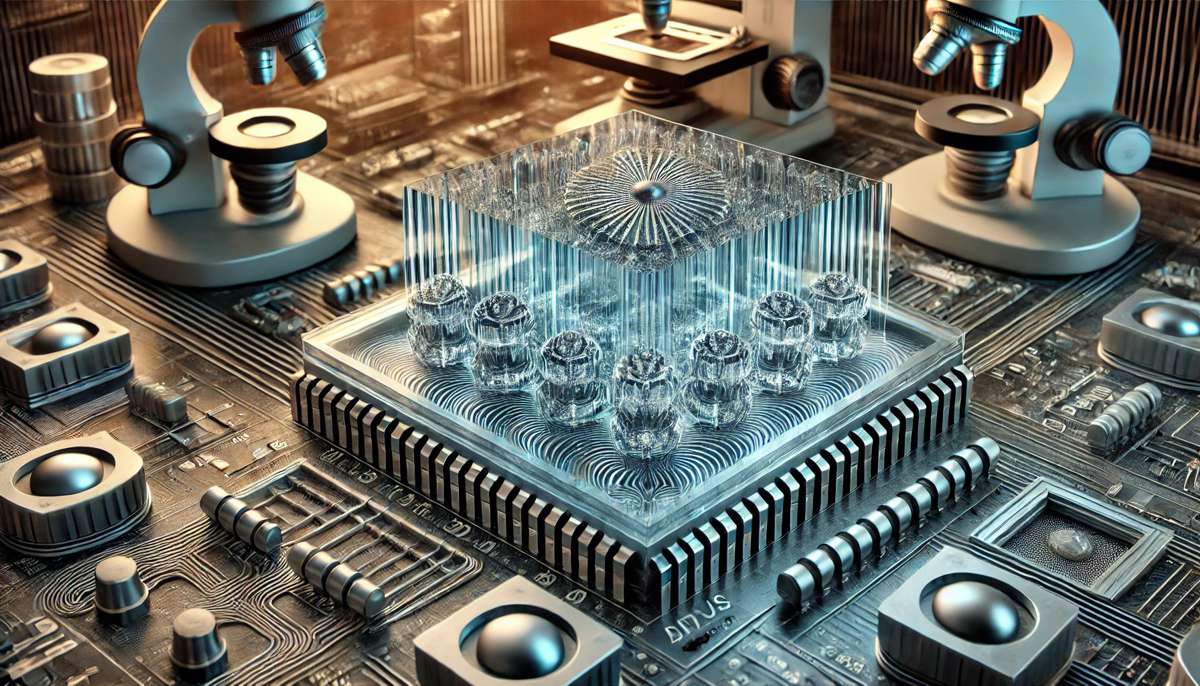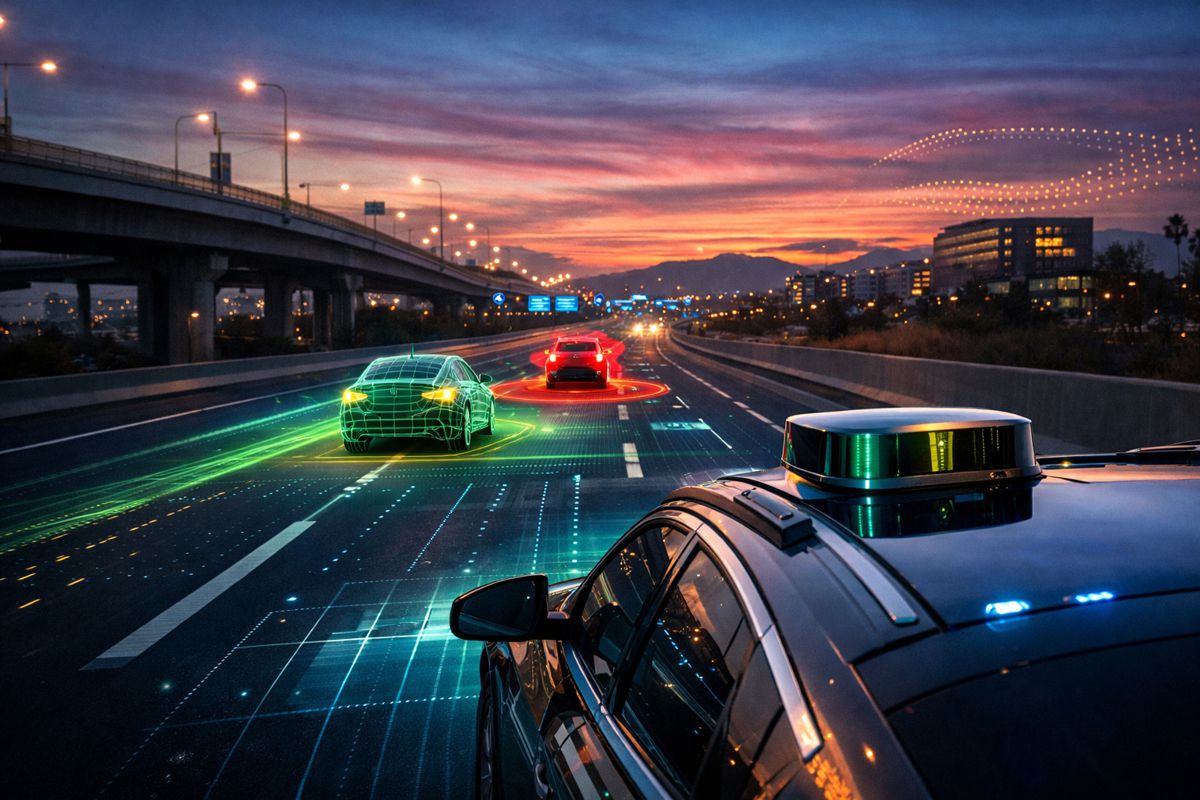New insights explore the Longevity of Microelectronic Devices
Researchers at the University of Minnesota have made a breakthrough discovery that could significantly enhance the design and durability of next-generation microelectronic devices. Their findings, which were recently published in the prestigious ACS Nano journal, provide critical insights into how and why advanced electronics, including memory devices in computers, degrade over time. This new understanding could revolutionise the efficiency and lifespan of data storage technologies in an era where digital demand is skyrocketing.
The innovative research delves deep into the microscopic workings of Spintronic Magnetic Tunnel Junctions (MTJs)—tiny, nanostructured devices that harness the spin of electrons to power hard drives, sensors, and Magnetic Random Access Memory (MRAM). By studying these devices under real-world conditions, the team at the University of Minnesota has uncovered a previously unseen mechanism of degradation, which could pave the way for more efficient and longer-lasting electronic systems.
The Critical Role of Spintronic Devices in Modern Electronics
The surge in digital technology, from AI to smartwatches, has led to an ever-growing demand for more efficient and reliable data storage solutions. Enter Spintronic MTJs—cutting-edge devices that leverage the quantum property of electron spin to store and manage data more effectively than traditional systems. These components have already shown immense promise in improving the non-volatile memory found in everyday devices, with potential applications in AI and advanced computing.
MTJs form the backbone of non-volatile memory, which retains information even when powered down. This makes them ideal for applications in wearable tech and real-time data processing systems. By increasing energy efficiency, these devices can greatly enhance the functionality of artificial intelligence systems, which rely on vast amounts of data to function effectively. Yet, despite their potential, MTJs have remained somewhat enigmatic, with researchers striving to understand how and when they fail.
That’s where the University of Minnesota’s latest research comes in.
Breaking Down the Breakdown
For the first time, researchers have been able to observe in real-time how MTJs degrade under the influence of continuous current. Using state-of-the-art transmission electron microscopy (TEM), the team watched as the tiny, transparent layers of these devices slowly began to deteriorate, leading to their eventual failure.
“Real-time transmission electron microscopy (TEM) experiments can be challenging, even for experienced researchers,” commented Dr Hwanhui Yun, the paper’s first author and a postdoctoral research associate at the University of Minnesota. “But after dozens of failures and optimisations, working samples were consistently produced.”
The real-time experiments revealed that as current flows through the device, the layers within it begin to pinch, forming what the researchers dubbed a “pinhole.” This pinhole marks the early stages of the device’s breakdown. As more current is applied, the layers continue to degrade until the device ultimately burns out.
What’s particularly surprising about this discovery is the temperature at which the burnout occurs. “The temperature was almost half of the temperature that had been expected before,” said Professor Andre Mkhoyan, a senior author on the paper. This revelation suggests that the materials used in these devices have unique properties that significantly alter their melting points at the atomic scale. As a result, the devices fail at a much lower temperature than previously anticipated.
A Step Towards More Resilient Electronics
These findings represent a pivotal moment for the semiconductor industry, offering new directions for the design of more durable and efficient microelectronic devices. The ability to observe the breakdown process in real time provides invaluable insights into how to prevent it, potentially extending the lifespan of critical components in everything from computers to smartphones.
“There has been a high demand to understand the interfaces between layers in real time under real working conditions, such as applying current and voltage, but no one has achieved this level of understanding before,” said Professor Jian-Ping Wang, another senior author on the study. “We are very happy to say that the team has discovered something that will be directly impacting the next-generation microelectronic devices for our semiconductor industry.”
The team’s work doesn’t just stop at academic curiosity. Their discoveries hold practical implications for the future of the semiconductor industry, which is constantly on the hunt for ways to extend the life of microelectronic components while boosting their efficiency. The possibility of designing MTJs with better thermal management or incorporating materials that resist degradation could lead to a new generation of electronics that last longer and consume less energy.
Implications for the Future of Memory and Data Storage
As the digital world expands, the importance of reliable, efficient, and long-lasting memory devices cannot be overstated. The next wave of computing technology, including the integration of artificial intelligence, machine learning, and the Internet of Things (IoT), will rely heavily on robust data storage solutions that can handle vast amounts of information without breaking down.
MTJs, thanks to their non-volatile nature and energy efficiency, are poised to play a central role in this future. By offering insights into how these devices degrade, the University of Minnesota’s research could lead to breakthroughs that enhance their performance, making them even more suitable for next-generation technologies. This could translate into significant improvements in areas ranging from cloud storage to wearable tech and even quantum computing.
A Collaborative Effort Across Disciplines
This ground-breaking research was made possible by the collaborative efforts of scientists across multiple fields and institutions. In addition to the University of Minnesota’s Department of Chemical Engineering and Material Sciences, the team included researchers from the University’s Department of Electrical and Computer Engineering, the University of Arizona Department of Physics, and several postdoctoral and research associates. Their collective expertise and resources culminated in a discovery that could reshape the future of microelectronics.
The project received funding from several prestigious organisations, including the National Institute of Standards and Technology (NIST), the National Science Foundation (NSF), and the Defence Advanced Research Projects Agency (DARPA). Additional support came from the Semiconductor Research Corporation’s (SRC) SMART program, further highlighting the significance of this research for the semiconductor industry.
The Road Ahead for Microelectronics
With this new understanding of how MTJs degrade, researchers are already looking towards the next steps. By building on these findings, future studies could explore how to optimise materials and structures to resist breakdown, offering the promise of longer-lasting and more efficient microelectronics. The team’s ground-breaking work not only answers critical questions but also opens the door to new innovations that could shape the future of digital technology.
The implications of this discovery are far-reaching, impacting everything from everyday consumer devices to the most advanced AI systems. As the digital landscape continues to evolve, the insights gleaned from this research will undoubtedly play a crucial role in driving progress.




















